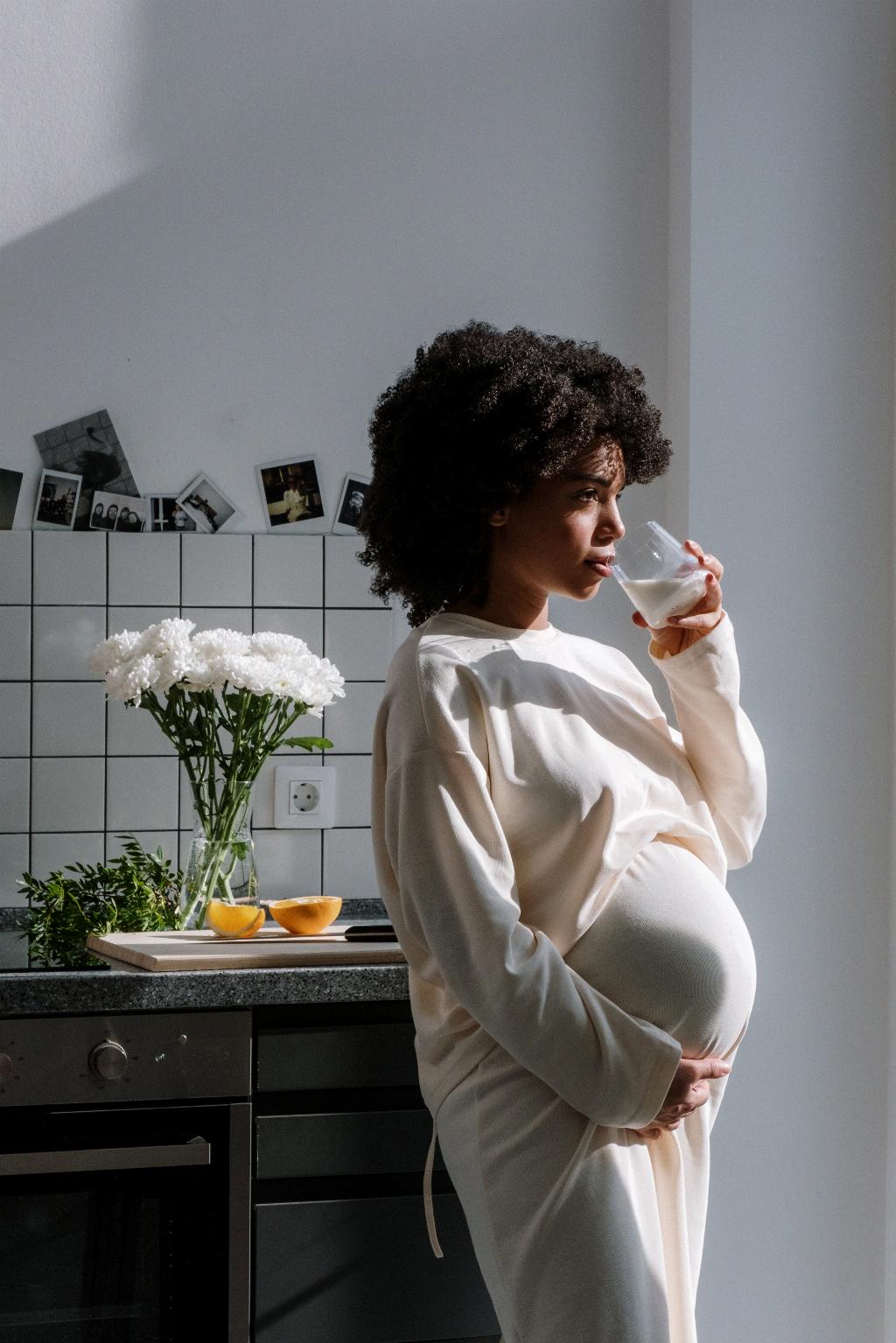Lochia, the postpartum vaginal discharge, is a natural part of the healing process that occurs after giving birth. It is essential to understand how long lochia lasts to prepare for the postpartum period adequately.
Many people often confuse lochia with menstrual blood due to their similarity in appearance. While both types of discharge involve bleeding that gradually subsides, they differ significantly in duration. Menstrual bleeding typically lasts around one week, while lochia can persist for up to six weeks in most individuals.
During the postpartum period, the body undergoes various changes to recover from the birthing process. Lochia consists of blood, mucus, and uterine tissue shed from the uterus as it returns to its pre-pregnancy size. The duration of lochia can vary from person to person based on several factors.
Factors such as the type of delivery, whether vaginal or cesarean, can impact the duration of lochia. Those who undergo a cesarean section may have a shorter duration of lochia compared to those who have a vaginal delivery, as the uterus has already been emptied during the surgical procedure.
Another crucial factor influencing the duration of lochia is individual healing. Some individuals may experience a more prolonged period of lochia due to slower healing processes, while others may have a shorter duration based on their body’s recovery speed.
It is essential to recognize the various stages of lochia to understand the healing progress. The initial stage, known as lochia rubra, involves bright red bleeding as the body expels excess blood from the uterus. This phase gradually transitions into lochia serosa, characterized by a pink or brownish discharge.
As the healing process continues, lochia alba signals the final stage with a light yellow or white discharge. Understanding these stages helps individuals track their recovery and identify any abnormalities that may require medical attention.
While the standard duration of lochia is around six weeks, it is crucial to monitor any changes in color, odor, or consistency that deviate from the norm. Persistent heavy bleeding, foul-smelling discharge, or fever could indicate an infection or other complications requiring immediate medical evaluation.
Proper postpartum care, including adequate rest, hydration, and nutrition, can support the body’s healing process and help shorten the duration of lochia. It is essential for individuals to prioritize self-care during this period to ensure a smooth recovery.
Consulting healthcare providers for postpartum check-ups and addressing any concerns promptly can aid in monitoring the progress of lochia and overall healing. Open communication with healthcare professionals is key to addressing any issues that may arise during the postpartum period.
In conclusion, understanding how long lochia lasts and the factors influencing its duration is crucial for individuals navigating the postpartum period. By staying informed, monitoring changes, and seeking medical guidance when needed, individuals can ensure a healthy recovery and optimal postpartum experience.

